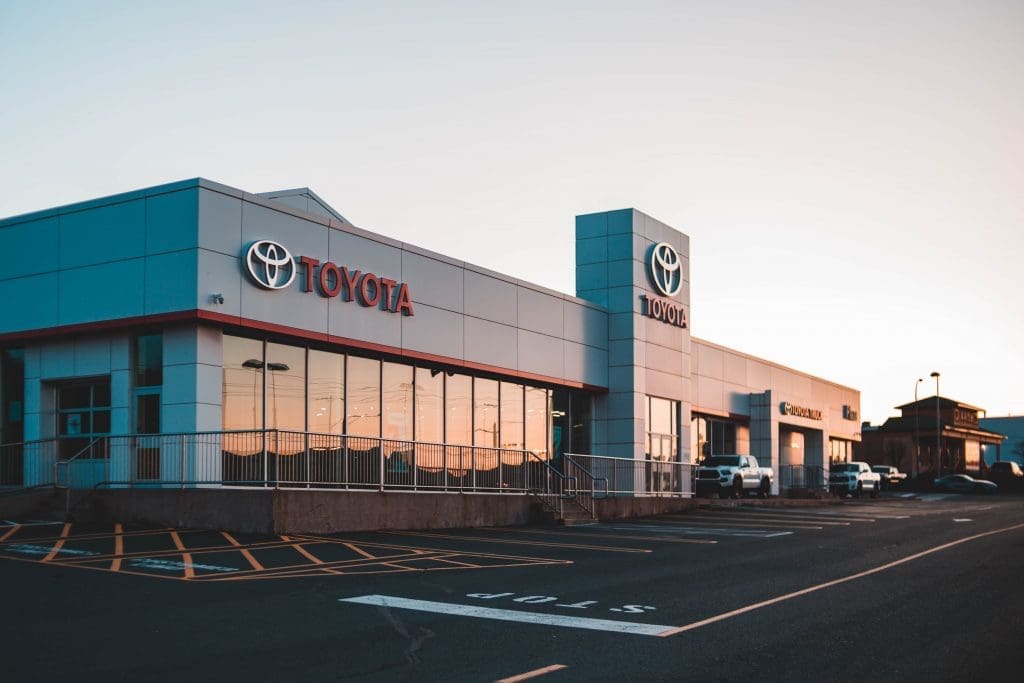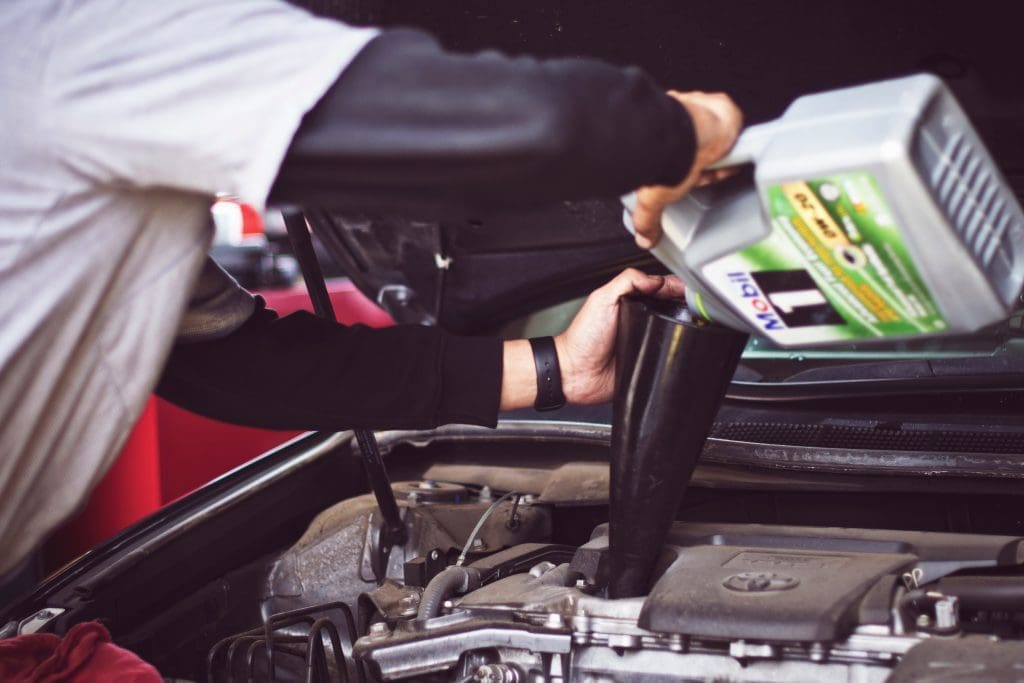How to Choose a Car for Your Road Trip
Everyone should go on a road trip at one point during the year, regardless of the destination. Going out on the open road and making planned or unplanned stops along the way is an experience in and of itself. You’ll get to see and do more on a road trip than you would on a plane or a train. It’s like an adventure with a treasure hunt – the people you meet and the unique things you get to uncover are exciting loot you’ll cherish for a lifetime. We want to make sure your trip is a success so read on to learn how to choose a car for your road trip.

To go on a road trip, you’ll need a reliable partner to get you from point A to points B, C, D, and Z (you are making plenty of stops to check out the sights, right?). We’re not talking about your girlfriend, your buddy, or Fido, but a set of wheels that won’t let you down. You need a solid vehicle that is safe, reliable, and capable of handling any road situation.
How to Choose the Right Car
Your road trip’s destination plays a part in what type of car you should get, but it’s not the deciding factor by all means. Just because you’re going on a short road trip means it’s ok to drive around in a cramped and uncomfortable small car. Never sacrifice your safety and comfort, because you’ll be spending a lot of time in your vehicle.
With this in mind, here are a few guidelines on to choose a car for your road trip:
- Choose a vehicle that you’ll enjoy driving for long stretches. The last thing you need when picking a set of wheels is buyers’ remorse because your back hurts after an hour behind the wheel.
- Your vehicle of choice should be one that’s also capable of being your daily driver. Buying a car that you’ll use once a year isn’t a good idea, as vehicles tend to break down faster when you don’t use them.
- Choose a car that is aesthetically pleasing to you, because you’ll be seeing and using it every day. No one likes driving around in an ugly ride.
- If you’re looking for a car that’s purely for road trips, you may be better off renting one.
- Choose a vehicle with a size you’re comfortable with, but keep in mind that larger vehicles offer more comfort and better crash protection than smaller, subcompact cars.
- Never choose a ride that has an under-powered engine, especially when getting an SUV. SUVs are heavier than your standard sedan, and a motor that lacks power will make it more difficult to pass slower vehicles on the highway when you’re loaded with passengers and gear or during steep inclines.
- When a turbocharged engine is an option, go for it. Alternatively, you can opt for a turbocharged diesel engine if there’s one available. Diesel-powered vehicles tend to be slower than their gasoline-fed siblings, but produce more torque at lower RPMs. Torque is indispensable when carrying heavy loads.
- Get a car with exceptional fuel economy. Most diesel and turbocharged engines are better at fuel economy compared to vehicles that have non-turbo, naturally aspirated engines.
When Buying a New Car


If you’re buying new, make sure that you get a model variant that has most of the vital safety features and creature comforts around. These two factors will ensure an enjoyable driving experience, especially during long road trips. You’re buying new anyway, so might as well spring for a few extras. Most of the features mentioned here have become standard for some manufacturers, but it won’t hurt to ask the sales rep or check the spec sheet to be sure. Don’t forget to schedule a test drive so you can get a feel for the vehicle.
Look out for:
- Multiple airbags.
- Five-star crash test rating.
- Electronic brake distribution (EBD).
- Electronic stability control (ESC).
- Anti-lock braking system (ABS).
- Blind-spot monitoring.
- Hill-start/descent assist.
- Automatic emergency brakes (useful for pedestrians).
- Reverse parking camera.
- GPS and Navigation system.
- Adjustable seats with lumbar support.
- Adaptive cruise control.
- Daytime running lights (DRL) which is a requirement if you’re crossing over to Canada.
- Automatic lights that turn on and off, depending on conditions.
- Audio/video infotainment system.
- Air conditioning and heating.
- Tire pressure monitoring system (TPMS).
- Large capacity boot or trunk space (for all your stuff).
- Sunroof (optional).
- Heated seats (optional).
Granted, some of these features may not end up in the car you like or the one that fits your budget. If you want a vehicle that has all these toys, you’re looking for a top-of-the-line model. Regardless of your budget, make sure you pick a car that has crucial safety features such as EBD, ESC, and ABS coupled with a five-star crash rating. Getting a car with all-wheel drive won’t hurt either, because your car will grip the road better, especially when conditions are poor. Lastly, choose a vehicle with low noise, vibration, and harshness (NVH) levels in the cabin for a peaceful ride.
When Buying a Used Car
If buying a new car isn’t in the cards for you, there are plenty of quality used cars out in the market. The same rules apply when choosing a pre-owned vehicle – safety, comfort during long drives, and a machine that you like. It would be best if you also aimed to get a car that has all the critical safety features like EBD, ESC, etc. plus some of the optional creature comforts mentioned earlier.
Cars lose their value the minute they leave the dealership lot, which is why buying pre-owned is so appealing. You can get a loaded, line-topping model for less the sticker price it originally came out with, saving you money in the process.
However, there are a few caveats when buying used:
- You’d have to do your due diligence, researching the best deals, and doing the leg work of seeing the cars and meeting the owners in person.
- You’ll need to conduct a VIN check for owner information and vehicle history to know if it has been totaled in an accident.
- You need to inspect the car thoroughly before buying it, preferably by a third-party AES certified mechanic or garage to avoid getting a “lemon.”
Getting Your Car Ready for a Road Trip


If you already own a car or have recently purchased a used one, you have to make sure that it’s roadworthy before embarking on your road trip. The last thing you need is your car breaking down in the middle of nowhere.
Take your vehicle to a trusted mechanic for general maintenance:
- Change oil, brake pad replacement or cleaning, wheel rotation, and wheel alignment/balancing.
- Inspect the belts and hoses for tears or leaks, and make sure the engine doesn’t make any funny sounds or smells.
- Check and replace the spark plugs, air filter, fluids (brake, clutch, ATF), and battery if needed.
- Check the front and rear lights, brake lights, and turning signals, replacing bulbs if needed.
- Inspect your wiper blades, radiator coolant, and windshield water levels. Check for worn-out tires and suspension issues.
- Make sure everything works, including all electrical functions of the vehicle like the AC/heating, radio, and GPS.
The last thing in How to Choose a Car for Your Road Trip: don’t forget about your personal safety. Make a list and pack everything you will need for a road trip: from personal stuff to documents. No one is secured from losing personal documents on a trip. To secure yourself from identity theft, you can use online services which will monitor your identity and notify you in case anything strange happens. According to internet fraud statistics, 12.7 Million Americans were affected by identity fraud, so you don’t want to be one of them, right?
Safety and reliability should be your top priority when going on a road trip, and regular vehicle and personal safety maintenance can help get where you need to go.




